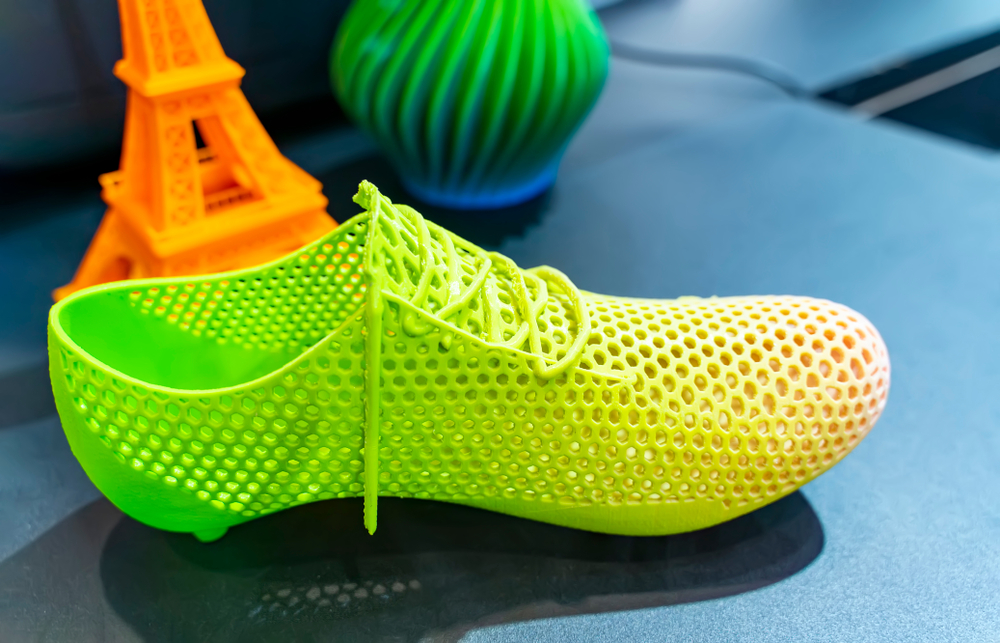Manufacturing can be an incredibly wasteful industry. From overproduction of components to wasteful manufacturing methods, the process can lead to raw materials being wasted and an overconsumption that affects the sustainability of the manufacturing circle economy.
Fortunately, 3D printing is a cost-effective, accessible, and versatile way to manufacture components and products. It is also a highly sustainable form of manufacturing leading to lesser waste and enabling a greater circular economy that embraces reducing, reusing, and recycling.
The Circle Economy of 3D Printing
Reduce Waste
There are two types of manufacturing: additive and subtractive.
Subtractive manufacturing occurs when a larger piece of a material is shaped by cutting, grinding, or other methods of subtracting material from the initial medium. As a result of this, there is often a large amount of waste leftover during the process, which may not always be reused.
3D printing uses additive manufacturing which takes the chosen material and builds the product from a base, using only the materials required to create the shape. This allows for less waste and a more sustainable footprint that can lead to easier recycling.
Reuse Products
With many forms of manufacturing still using subtractive methods to create products, another way that 3D printing can reduce waste is by requiring less manufacturing.
When a product breaks, you can either replace it entirely or repair the problem. In most cases, a repair will save resources and minimize waste when compared to manufacturing a full replacement.
With 3D printing, you gain the ability to create on-demand replacement components for a variety of different products. This keeps more products in circulation, minimizes the need for new production, and stops the need to pre-manufacture replacement parts that may not be used for repairs.
Recycle Plastics
3D printers are versatile machines that can use a variety of different mediums for their production runs. One of the most sustainable methods is through the use of filament created from recycled plastic and other recycled raw materials. By creating carbonate blends and other bio-based blends with recycled plastic, we can take materials from outside of the 3D printing circle economy and use it for sustainable manufacturing with 3D printing.




